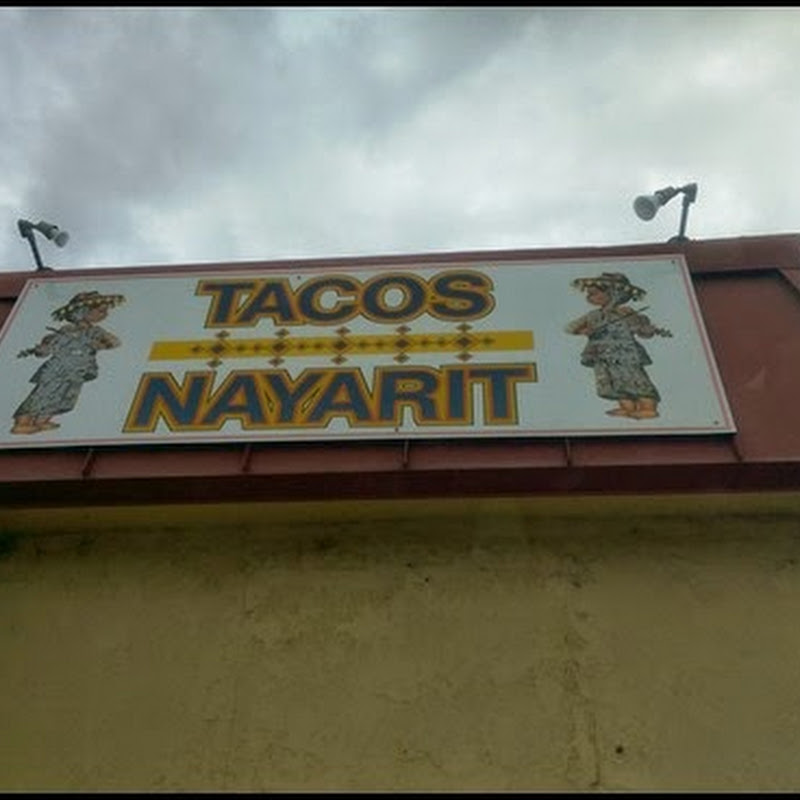Yesterday, we spent a good part of the day in town, at the city museum's two locations. As with any community, there's always a lot of history unique to that area, and Valdez is no exception. The town began to exist when gold was discovered in the Yukon, bringing thousands of gold seekers to Valdez by ship. This route through Valdez was billed as the "All American Route" to the goldfields, and it was promoted by several steamship companies. Looking on the map, it appears to be a shorter route than the one through Skagway, however, the trail went right over the Valdez Glacier, making for extreme hardships, and a dangerous passage. The gold rush established Valdez, and later, it became the start of Alaska's first road to the interior.
A second rush to Valdez began in the 1970's, when black gold was discovered on the north slope, near Prudhoe Bay. After much study, it was determined that the best way to get the crude oil out of
Alaska, was first by way of an 800 mile pipeline from the oil fields to Valdez. At the ice free port of Valdez, the oil could be loaded on tankers, and sent south to the refineries. In 1977, the pipeline was completed, and as much as 2 million barrels of oil per day, began to flow through the pipeline.
An "Oil Pig" cleans the inside of the oil pipeline.
First barrel of oil through the Alaskan Pipeline on July 28, 1977.
This is an actual piece of the hull from the oil tanker Exxon Valdez.
This is the end of the road, as it approaches the end of the pipeline, and the oil storage & shipping facility.
The old Valdez town site before the Good Friday earthquake in 1964.
About a decade before the oil boom struck Valdez, another event forever changed the history of the town. On March 27, 1964, the second most powerful earthquake ever recorded, struck South Central Alaska. The epicenter was on the ocean floor, about 50 miles from Valdez, and the effects were devastating. 30 lives were lost in Valdez, mostly from the tsunami wave that destroyed the waterfront, and much of the town. When the dust had settled, it was determined that due to unstable ground, it wasn't safe to rebuild the town at it's original location. The town was rebuilt about 4 miles away on slightly higher ground, and on much more stable soil. As a result of the move, Valdez is a modern town, with well planned streets, parks, and infrastructure.
On our drive out to the end of the road at the oil terminal, we stopped at several places to take in the views. At a bridge over a small river, we discovered these gulls nesting under the protected edge of the bridge. It appeared that possession of many nests were being contested, while others were patiently being sat upon.
If you look closely, you can see an egg under the front of the bird.
These are not signs that you normally see on "lower 48" roads.
Our second day in Valdez was filled with new information, and a few new sights. Before driving over to the oil terminal, we drove out past the airport to the glacial lake in front of the Valdez Glacier. The Glacier has retreated back into the valley, around the corner where it's now out of sight. During the Klondike Gold Rush, this glacier filled the valley where we were standing, and it created an almost impassable obstacle to those folks headed for the goldfields.
We decided to stay one more day in Valdez, so not sure exactly what's on the itinerary today, other than some much needed outside cleaning of the Jeep and motor home.
Eagles Rest RV park - $42.30 Cumulative - $674.81


















No comments:
Post a Comment